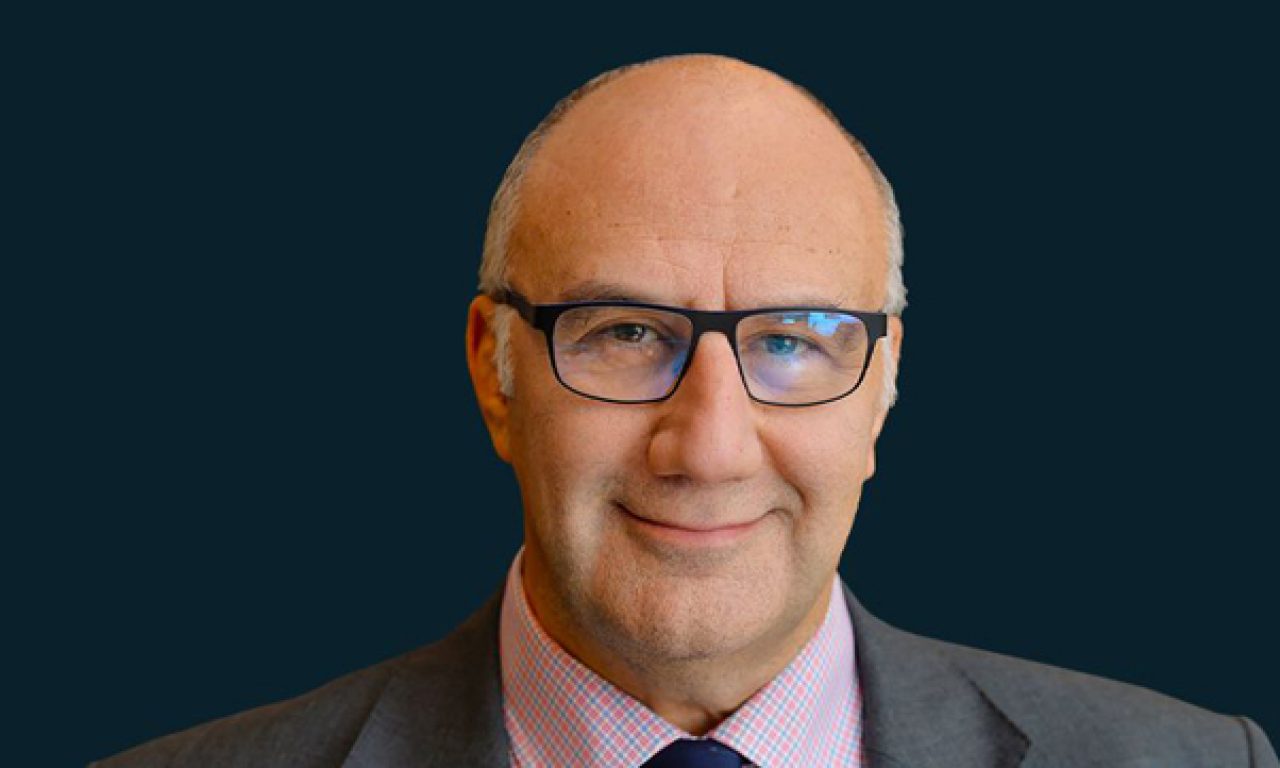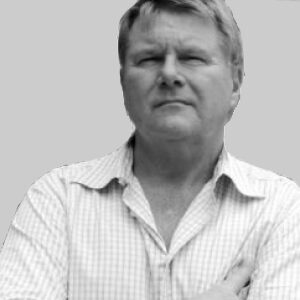Australia has a long way to go to catch up to its major trading partners in its planned spend on new infrastructure, notwithstanding Prime Minister Morrison’s pledge of $100 billion over the next 10 years.
This should be something for investors to savour, as well as those who benefit from the multiplier effect for employment. For big investors, in particular, who have the ability to also make private infrastructure investments, the global infrastructure trend is also something they cannot ignore – whether listed or unlisted.
According to a research note from Martin Currie Australia: “There is an undisputed infrastructure investment gap right around the world… In developing countries, however, the ability to deliver these types of projects is even more pronounced: severely curtailed by a combination of financing shortfalls, and a lack of relevant skills.”
For instance, in most sub-Saharan and central Asian countries, which tend to have the fastest growing populations, there has been a dearth of any infrastructure building since their independence.
“At the same time, western donors have been steadily retreating from the financing of ‘hard’ infrastructure such as roads and bridges, in favour of ‘soft’ infrastructure, such as the promotion of governance, education, healthcare and water treatment. Partly, this is due to an escalating concern of the potential environmental, social and governance (ESG) liability risks.,” the research note says.
The research note, ‘Infrastructure – the time is now’ says that infrastructure can be relatively opaque for the public markets. There are also differing models for infrastructure development around the world, mixing government and private sector investment, and new risks attached to some major individual projects.
Some countries, notably Japan, have built major white elephants in recent years. Three of Japan’s worst are: the Hamada Marine Bridge, linking the city of Hamada to a sparsely populated island which was already serviced by a smaller bridge; the Ibaraki airport, 80km north of Tokyo, which cost US$220 million and handles just a few flights a day; and, the Yamba Dam in north-west Japan which was commenced in 1967 and finally completed in 2020.
The research note, overseen by Edinburgh-based Kim Catechis, Martin Currie head of investment strategy, with Daniel Fitzgerald, Ashton Reid, Andrew Chambers and Raven Vi of Martin Currie Australia, says: “Given the significant contraction in global economies through the COVID-19 pandemic, we believe that investing in infrastructure makes sense, especially as the long-term drivers of infrastructure investment remain compelling.”
The faraway leader in planned infrastructure spending is the UK, where spending will hit 29 per cent of GDP over five years. This is followed by China, with 10 per cent of GDP spent over five years, Europe, with 9 per cent over 10 years, Canada with 8 per cent over 12 years, the US with 7 per cent over 10 years, and Australia, with 5 per cent over 10 years.
– G.B.
Note: Martin Currie is a sponsor of Investor Strategy News. The views expressed are those of the author and not necessarily those of Martin Currie.


